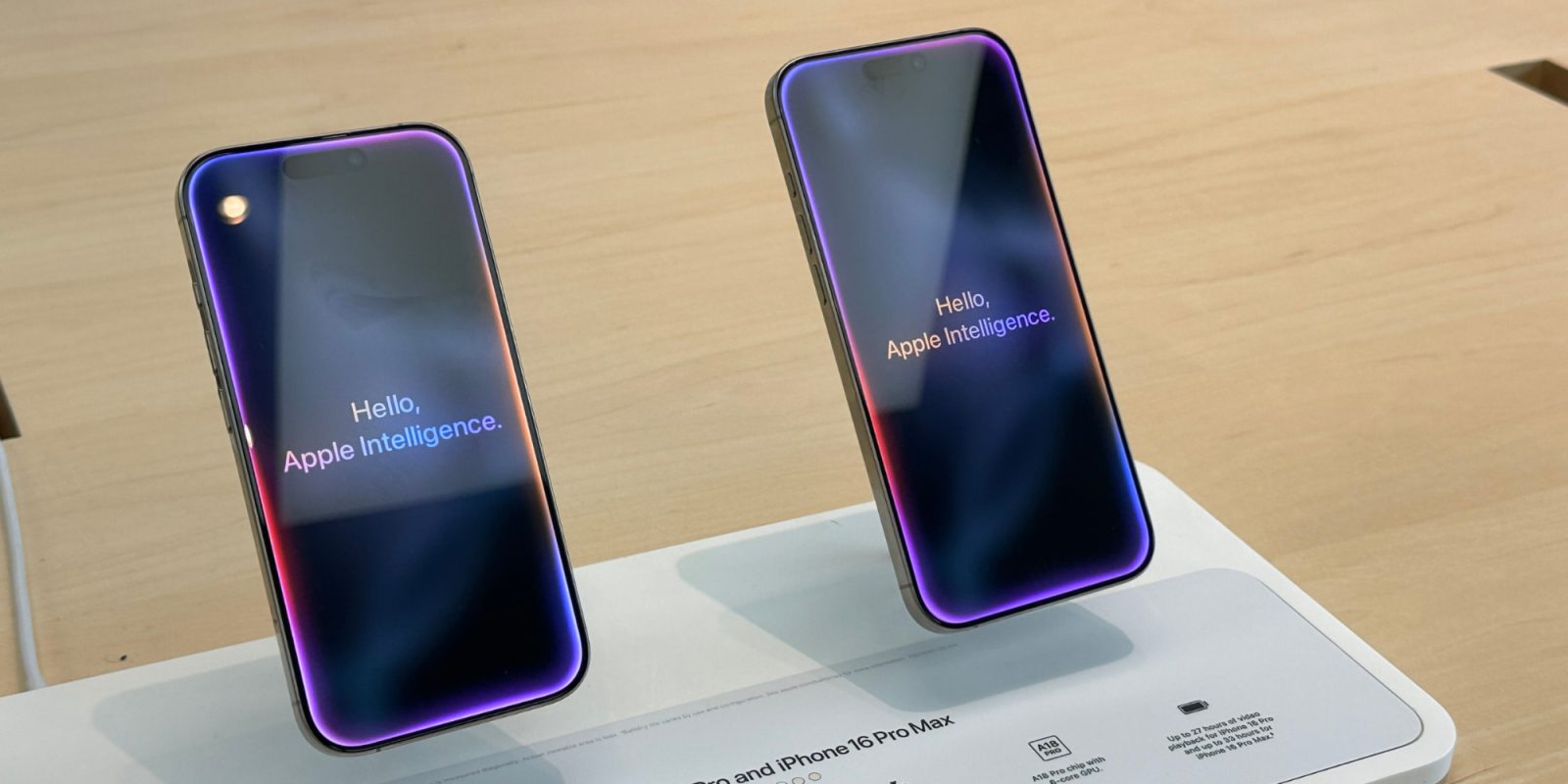Apple recorded a modest increase in iPhone shipments during the second quarter of 2025, despite facing a decline in demand in the crucial Chinese market. According to preliminary data from the International Data Corporation (IDC), the company shipped 46.4 million iPhones worldwide in Q2 2025, marking a 1.5% increase year-over-year. This performance allowed Apple to maintain its position as the second largest smartphone manufacturer globally, trailing behind Samsung, which achieved 58 million units shipped, reflecting a significant 7.9% year-over-year growth.
Emerging markets played a critical role in buoying Apple’s overall sales figures, counterbalancing the downturn in China. The global smartphone market exhibited minimal growth of just 1% year-over-year, with total shipments reaching 295.2 million units. Economic factors such as inflation and rising unemployment contributed to this stagnation, particularly impacting lower-end devices where price sensitivity is highest.
Challenges in the Chinese Market
Nabila Popal, senior research director for Worldwide Client Devices at IDC, commented on the report’s findings. She noted, “Economic uncertainty tends to compress demand at the lower end of the market, where price sensitivity is highest. As a result, low-end Android is witnessing a crunch weighing down overall market growth.”
The Chinese market specifically struggled in Q2 2025, as promotional efforts during the 618 e-commerce festival primarily focused on clearing existing inventory rather than stimulating new demand. Despite Apple being the top brand during this promotional period, it experienced a 1% decline in sales within China, a stark contrast to its robust double-digit growth in other emerging markets.
Samsung’s growth has been largely attributed to its Galaxy A36 and A56 models, which incorporate advanced AI features into more affordable devices. Xiaomi followed closely behind Apple with 42.5 million units shipped, while vivo and Transsion rounded out the top five with 27.1 million and 25.1 million units, respectively.
Market Shares and Future Outlook
Despite the slight rise in shipments, Apple’s market share increased marginally from 15.6% to 15.7%. In comparison, Samsung made a more significant leap, with its market share climbing from 18.4% to 19.7%. While the IDC data is preliminary and subject to revision, it illustrates the ongoing challenges Apple faces in the competitive smartphone landscape.
Looking forward, IDC anticipates potential growth in the smartphone sector, driven by the introduction of new AI-enabled models and sustained demand in the mid-range segment. The evolving technological landscape poses questions for consumers and industry analysts alike regarding the impact of AI capabilities in differentiating products in a crowded market.
In summary, while Apple has managed to offset some losses in China through growth in emerging markets, the landscape remains complex and competitive. The company’s performance in the coming quarters will likely depend on its ability to innovate and adapt to shifting consumer preferences amid economic challenges.































































